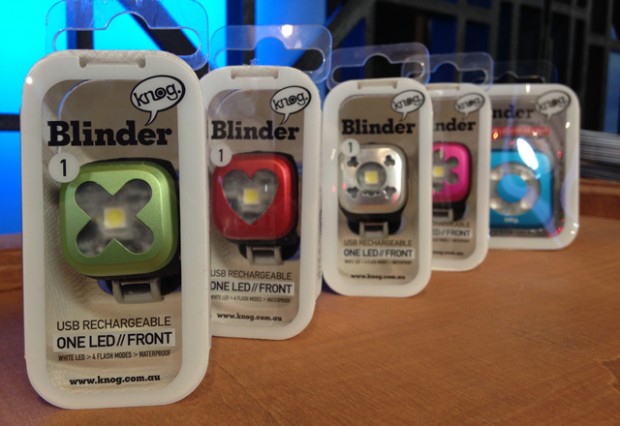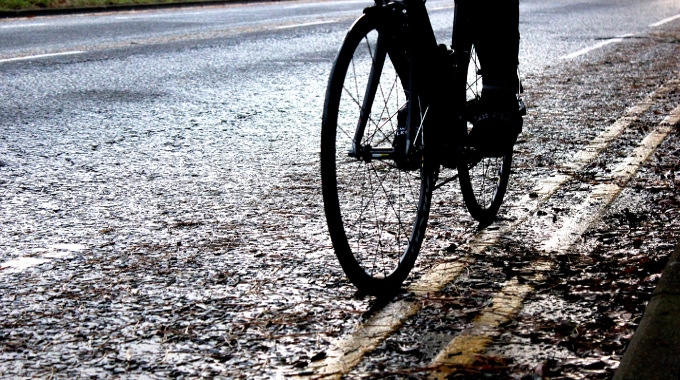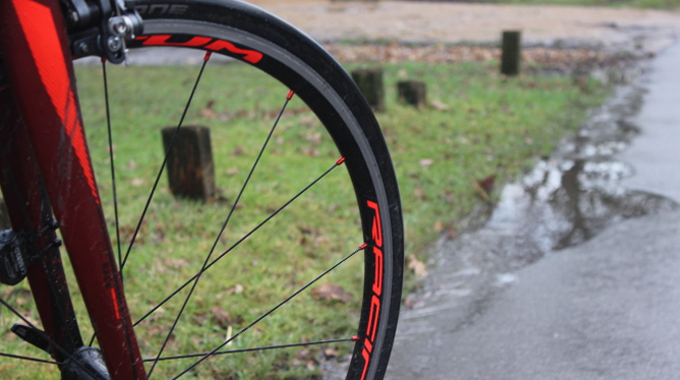It’s always upsetting when the clocks go back, and you suddenly find yourself leaving work in total darkness. There’s no reason to stop riding, though – with the right lights, you can keep on logging the miles exactly as you did over the summer months.
Most commuters have at some point fallen victim to a ‘bike light fail’, through fault of their own or fault of the lights themselves, but knowing the most common mistakes will help you to avoid them.
Here’s what to be aware of…
1) Running out of battery
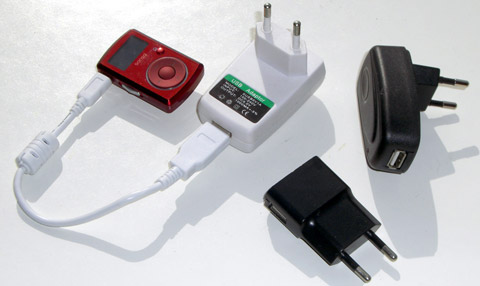
It sounds obvious – but it happens a lot. If your morning ride to work is fairly long, and is likely to use up the majority of your battery, make sure you get into the habit of putting your lights on charge as soon as you sit down in the morning. Otherwise, you risk becoming distracted, putting it off until around 4.30pm, when it’s too late to get enough juice into them to cover your ride home.
A lot of lights these days come with a battery indicator – for example showing a green light when there’s plenty of milage in the battery, and a red light when it’s really time to plug in soon. Opting for a light set with this feature will really help you out.
If you just need lights to make sure you’re seen on lit roads, the Lezyne Zecto drive lights have this feature, and most brighter lights for seeing on unlit roads such as the Exposure Diablo will also give you an indication of power remaining.
If you have a very long commute, or frequently find yourself running the risk of running out of power, it might be worth considering investing in The Plug – this charging device uses a hub dynamo and can be used to power any USB re-chargable device.


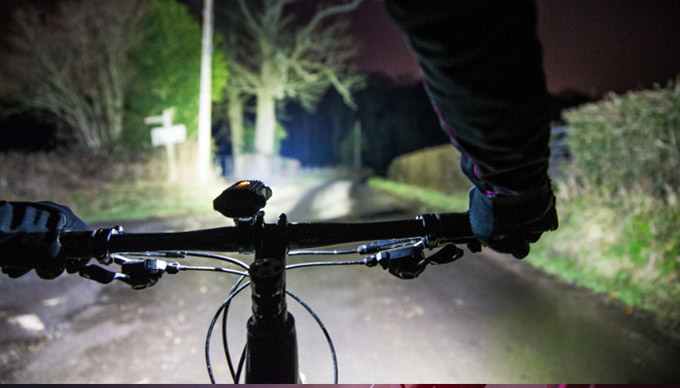
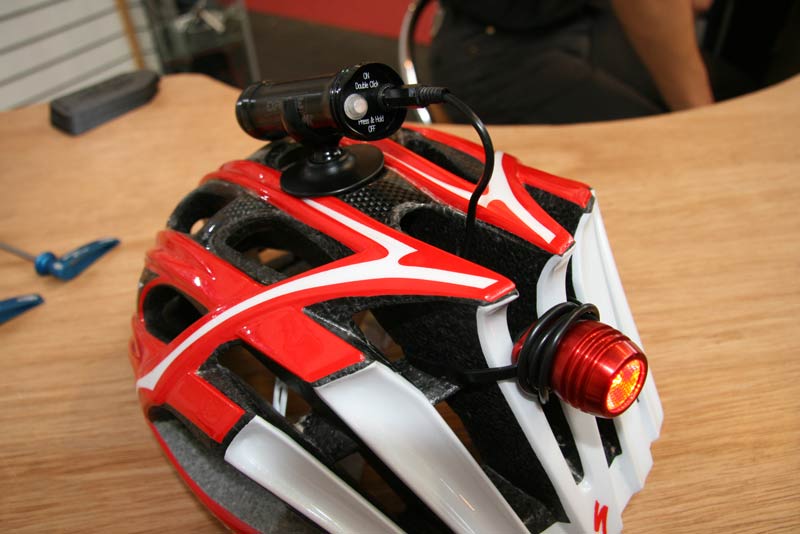
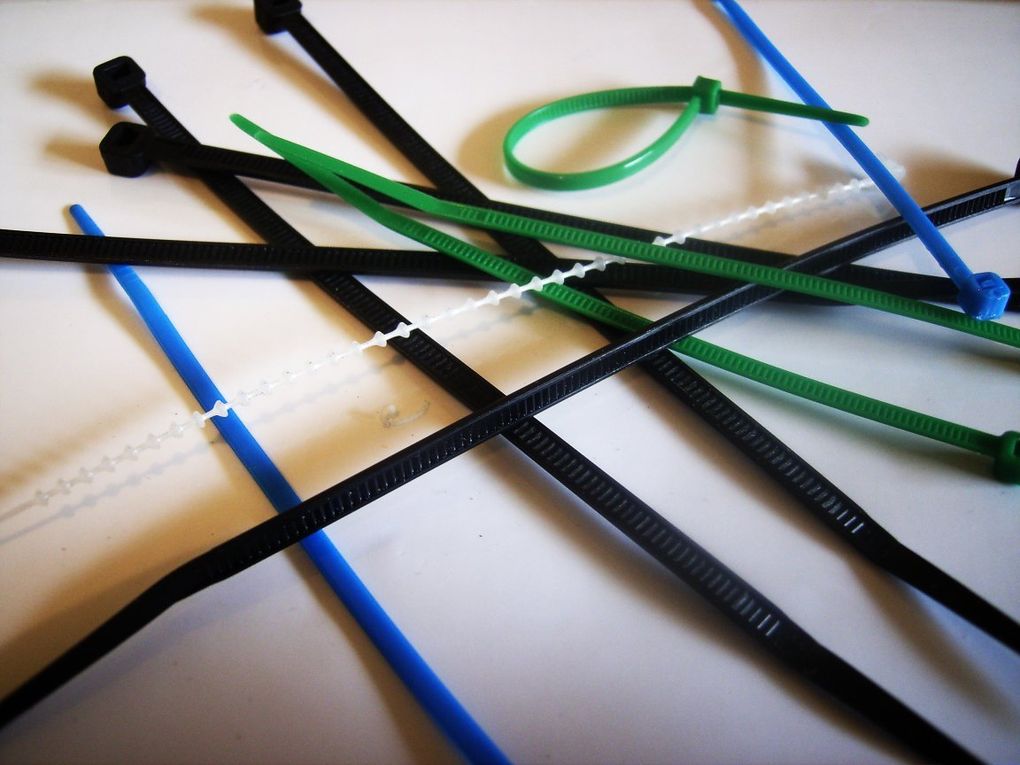
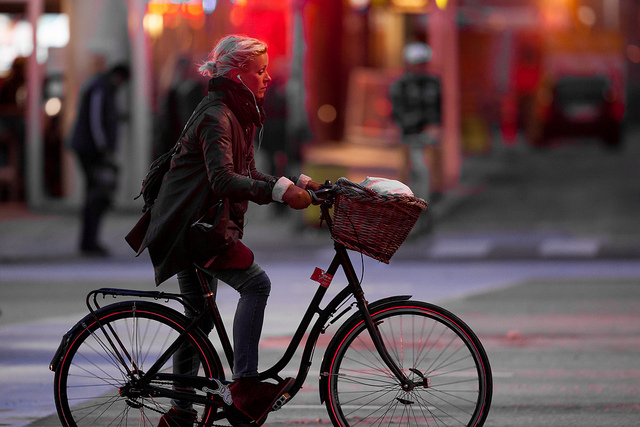 This mistake is most common among riders who commute in their everyday clothes,
This mistake is most common among riders who commute in their everyday clothes, 